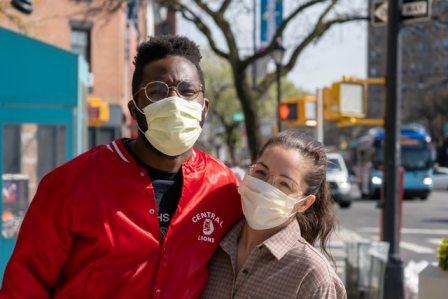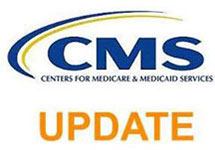The Center for Disease Control and Prevention (CDC) recently released new data that suggests there are significant discrepancies in the racial and ethnic backgrounds of those testing positive with COVID-19. Long-standing social factors and disproportionate workplace COVID exposure are likely causing these disparities.
Data Discrepancies
Current data can be broken up into two distinct categories. The first group focuses on varying groups’ risk of infection, including subjects’ work and the demographics of those living in their households. The second examines the differences in the severity of the illness and the pre-existing issues that may have caused these disparities, such as higher rates of undiagnosed illnesses in different racial, ethnic, or socio-economic groups.
Researchers from the CDC recently revealed that age-adjusted coronavirus hospitalization rates of non-Hispanic black and Hispanic or Latino populations are anywhere from 2.6 to 4.5 times higher than those of non-Hispanic white populations. Asian populations are also 1.3 times more likely to contract COVID-19 than their non-Hispanic white counterparts.
Potential Causes
Most researchers agree that differences in workplace exposure are likely the most significant contributing factor in racial and ethnic COVID diagnostic discrepancies. In an informative research article, analysts from healthaffairs.gov explain, “given that health differences were incompatible in terms of size (and sometimes direction) with the sheer magnitude of the racial-ethnic differences in outcomes being reported, we believe that COVID-19 disparities will ultimately be shown to stem from disparities in exposure, such as the dimensions of employment and household transmission.”
Historically, sociological pressures have pushed large populations of people of color to live in a lower-income area, which has limited access to quality education, resulting in lower high-school graduation rates in some areas. This has also led to many people living in these areas to accept less stable or lower-paying jobs where they may have a higher risk of COVID exposure or may be unable to take off work when they feel sick, due to finances. These populations often fill essential roles, like those in healthcare or the service industry, are not often able to work from home, meaning that they could encounter a COVID-19 carrier and then pass the virus onto other members of their household.
In a study conducted in UT between March and June of 2020, the CDC examined 277 coronavirus outbreaks. Of these 277, 210 occurred in workplaces linked to 15 specific industries; each of which boasting a high percentage of Hispanic and Latino workers. Over 50 percent of these workplace outbreaks occurred in the manufacturing, construction, and wholesale trade industries. While Hispanic, Latino, and other non-disclosed, non-white workers only make up 24 percent of workers in these industries, they account for nearly 75 percent of reported coronavirus cases included in.
Utilizing the Data
This data suggests that there are still inconsistencies in the opportunities to maintain one’s health presented across varying racial and ethnic groups. It is important to note these discrepancies so that we can begin to remedy the situation and allow everyone the opportunity to stay safe during the COVID-19 pandemic.
Most of the research presented by the CDC largely leaves out long-term care facilities, nursing homes, and correctional facilities, which account for an estimated 43 percent of all COVID deaths in the U.S. Moving forward, healthaffairs.org suggests that further research is needed to counteract the underlying issues causing these racial and ethnic disparities in COVID-19 cases.
Agents
If you are experiencing symptoms of coronavirus such as fever, cough shortness of breath, or any other symptom defined by the CDC consult with your doctor.
Empower Brokerage is dedicated to helping you educate your clients on the insurance they need to get the most out of life. Whether it’s through webinar training, one-on-one calls, seminars, or marketing plans. We want you to be successful. Give us a call if you have any questions 888-539-1633.
Quick Links:
• Contracting Portal
• Check out Events
• Get Customized Marketing Materials
Originally from the snow-capped Rockies, Macee moved to Texas in 2016 to pursue an undergraduate degree in Strategic Communication. She currently serves as a writer and editor for Empower Brokerage, as well as the marketing manager for Preferred Senior Advisors. Macee is also working on her Master’s degree in management, and hopes to inspire others with her passion for telling stories through varied digital and print marketing efforts.





